 Features
Features
UNUM Festival shows why Albania is Europe's new favourite dance music destination
With quality programming and soundsystems, coupled with a focus on local talent, the marathon six-dayer should be a go-to event for four-to-the-floor lovers of all descriptions
It’s just before 9:AM on Monday morning at UNUM Festival. With the sun peeking over the eastern mountain range, John Dimas looks up at the hundreds-strong dancefloor at the wooded Pine Stage and smiles from behind the decks, as a burst of keys erupts from the soundsystem over a trancey bassline, as he plays an instrumental edit of Lee Marrow’s 1990 classic ‘Do You Want Me’.
Blending in old skool house, gorgeous minimal and the occasional splash of electro and breaks – it’s one of those rarefied moments of collective festival spirit when the crowd and DJ are all hyper-aware of how magic the moment is. “I was more or less collecting records for this morning over the last year so I could make it special for everyone there,” Dimas reflects. “Even now that I'm talking I feel goosebumps with my memory going back there.”
It's something of a homecoming for Dimas, who spent his childhood years growing up in the country, before leaving and embarking on the musical path that has led him to where he is now. “I left Albania when I was 13, 14-years-old so I always imagined something like this would never happen,” he continues. “So when I saw it for the first time and got booked I was super excited – it was an incredible experience for me to go back to my home country and play.”
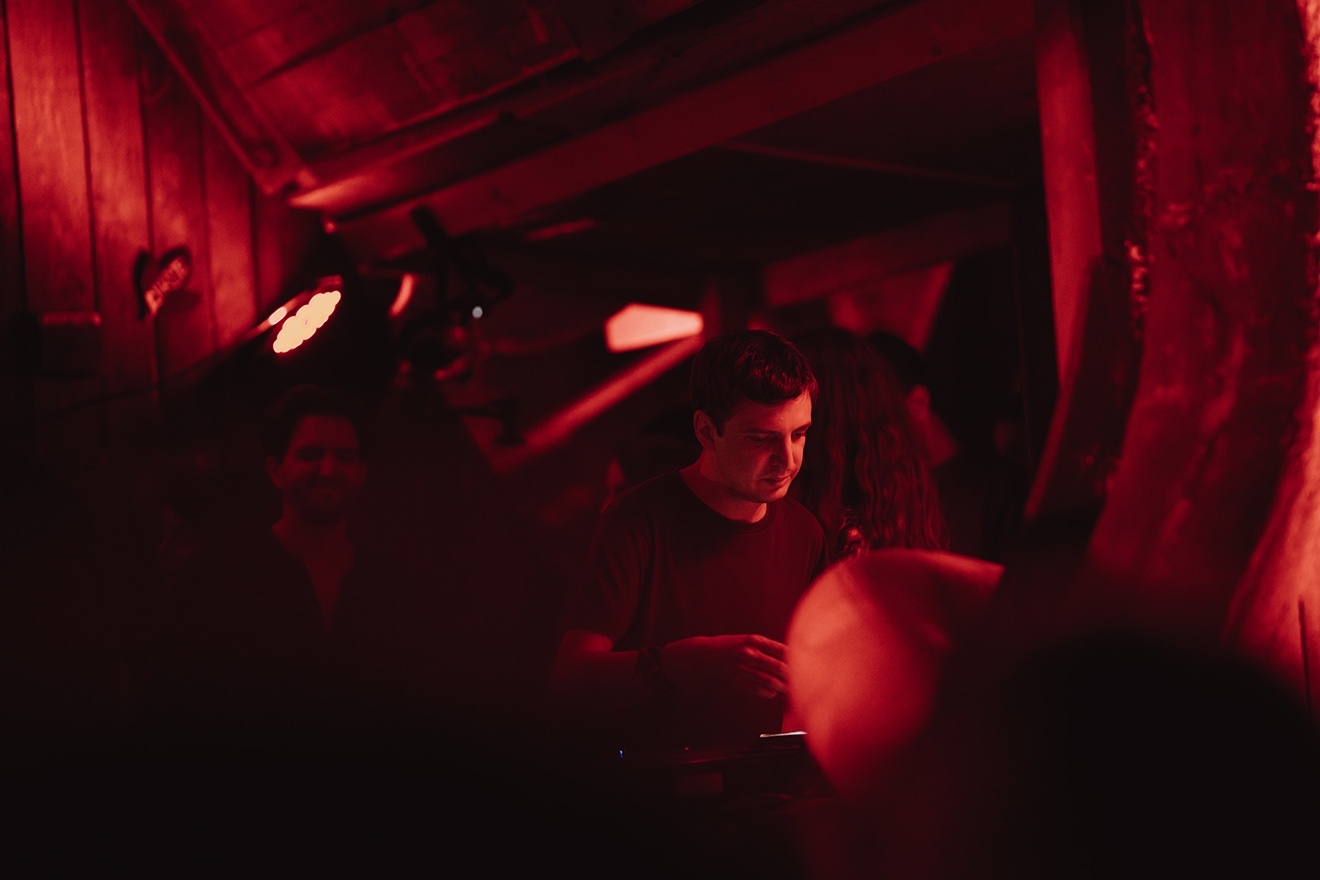
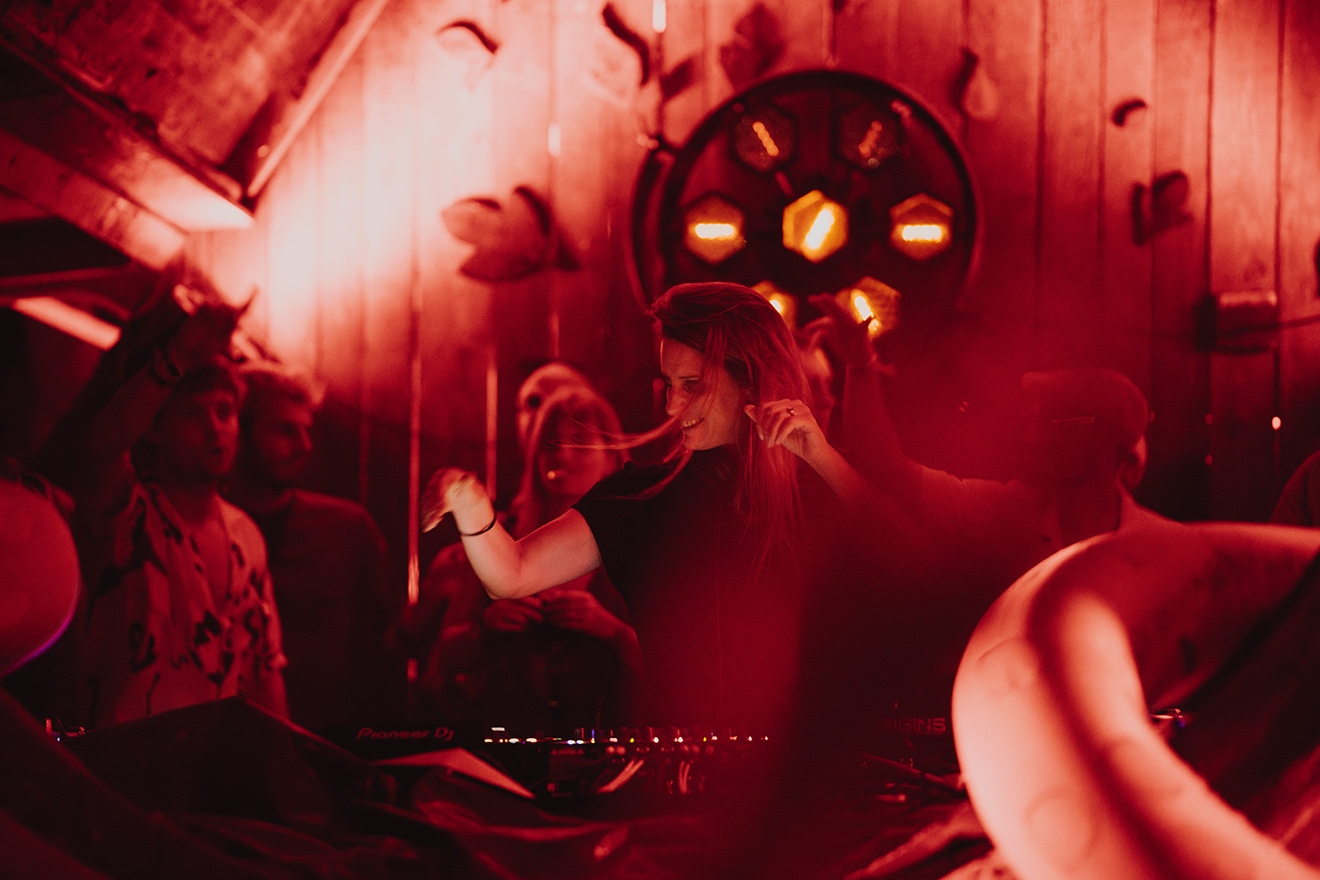
Set metres away from an old military zone – rumoured to be filled with unexploded land mines and disused weapons – just outside the town of Shëngjin on Albania’s northwest coast, the festival’s site is set on a uniquely Balkan slice of musical paradise. We’re here for UNUM’s fourth edition – a six-day, 24-hour marathon feast of house, techno, minimal and much more.
In many ways, following decades of autocratic rule in the 20th Century, a now outward looking, democratic, modern-day Albania feels like a young, vibrant country. And the same applies to its dance music scene, where a tight-knit community of Albanians and Kosovans have been organising events and sharing their love for music and dancing. And it’s growing too – since 2019, UNUM’s first edition, and also the debut year for Kala in the country’s south, the pioneering festivals have been joined by ION, SISO and Epizode, with the Adriatic coast quickly becoming a summer destination for dancers all around Europe.
Read this next: We went to UNUM, the first unrestricted European festival since the pandemic began
The majority of UNUM’s owners are Kosovar-Albanian, and part of their intention for the festival is to put the country’s musical offerings on the map. “Nothing like this has ever happened in Albania [until in recent years],” says Grego O’Halloran, the General Director of UNUM. “I always say it’s like being in Croatia 30 years ago, Ibiza 40 years ago, or Detroit 50 years ago.”
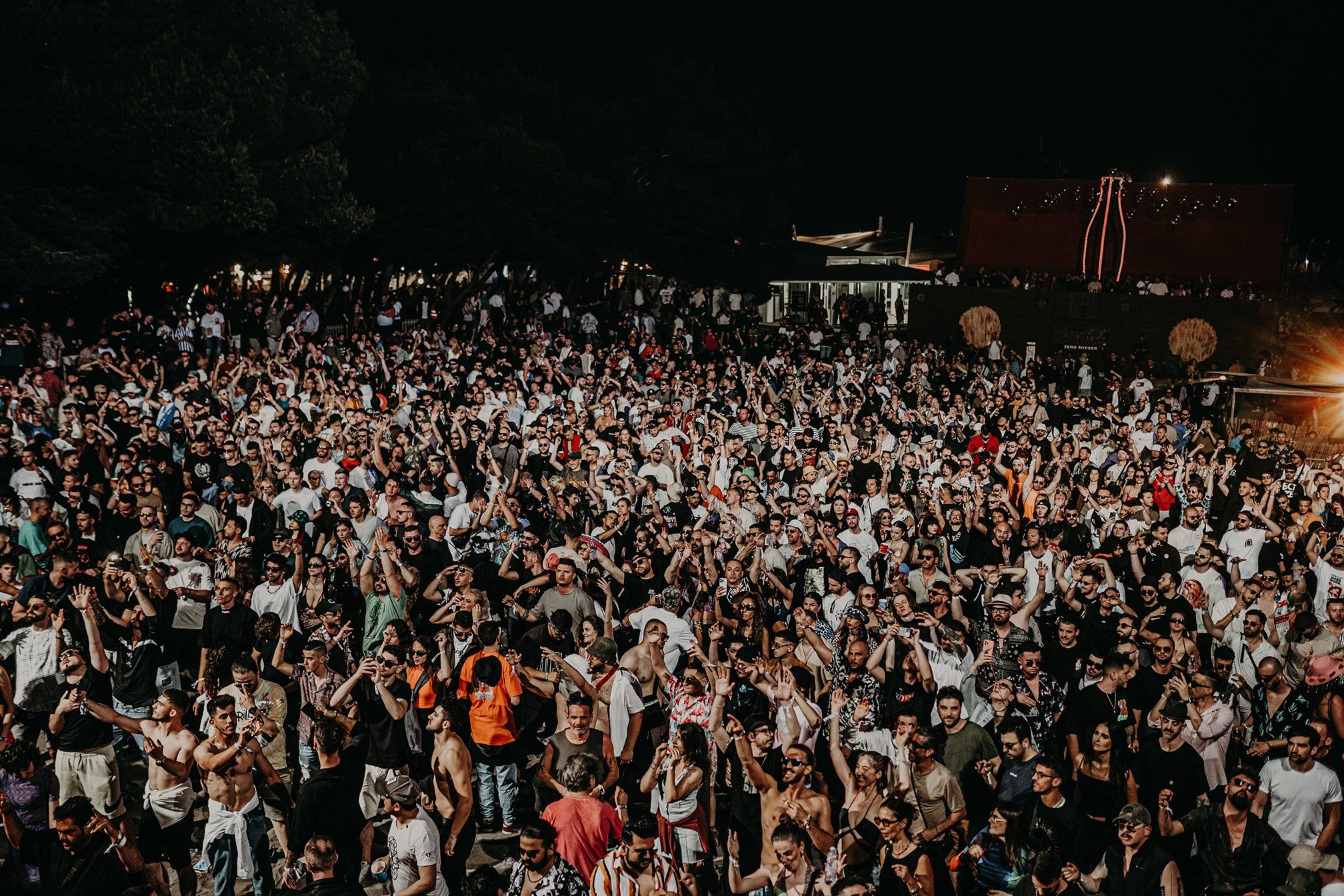
We arrive in Albania on Thursday evening, touching down in Tirana before beelining it to the festival. On the bill tonight are mostly local DJs from Albania and Kosovo gracing the Pine Stage, including quality sets from Gemza and Likatek B2B Besa M. It’s a chance to spotlight the local talent, and providing that platform for local heads is an important part of the festival to its organisers. “What we’re trying to do, which is very distinct, is that we’re trying to create a cultural movement over there,” explains O’Halloran. “We want to make it so that we leave a legacy of cultural change here – hopefully it will create a melting pot of people and cultures and importantly we involve local artists because there is a local scene.
“It’s not massive but there are lots of talented local DJs and we’ve been integrating them, having them play B2Bs with international artists, and getting them to play at pre-parties all over the world. Now you’re seeing some of those artists have releases on other labels and remixes done by international artists,” he continues. “[Our tagline] is ‘Become One’ – ‘UNUM’ means ‘one’ in Latin – because we always wanted to level the playing field and have a festival where everyone felt equal and really go back to the ethos of dance music: where it doesn’t matter who you are, on the dancefloor you are all the same.”
Read this next: Albanian DJs are working tirelessly to put Tirana on the dance music map
The festival gets into full swing on Friday, with its other two stages open for business. The Beach Stage – set in a giant conch shell overlooking the Adriatic Sea – is the afternoon spot for many, where a mix of dancers and loungers are soundtracked by sunny melodic techno and Balearic sounds from the likes of Sammi Ferrer and Arodes. As the cover of darkness sets in, the lights of the Main Stage’s sky-scraping pirate ship light up, as thousands flock to see homegrown Ibizan stalwart Manu Gonzalez steer the boat with his blend of rolling tech-house and groove-focused techno. “It was super nice,” he tells me after his opening set. “The crowd was busy and super into it.”
Meanwhile, with round-the-clock programming on the Pine Stage – focusing on the subtler sides of the house and techno spectrum gets fully underway, as Dutch stalwarts Doudou MD and Reiss bring in the night-time energies, slowly transitioning from moody breaks and subtle grooves into raucous peak-time bangers. Sunrise then comes via a special B2B from Berlin-based notoriously deep diggers The Ghost and Apollonia’s Dyed Soundorom, who fuse their styles effortlessly with oddball garage, groovy minimal and off-kilter tech-house.
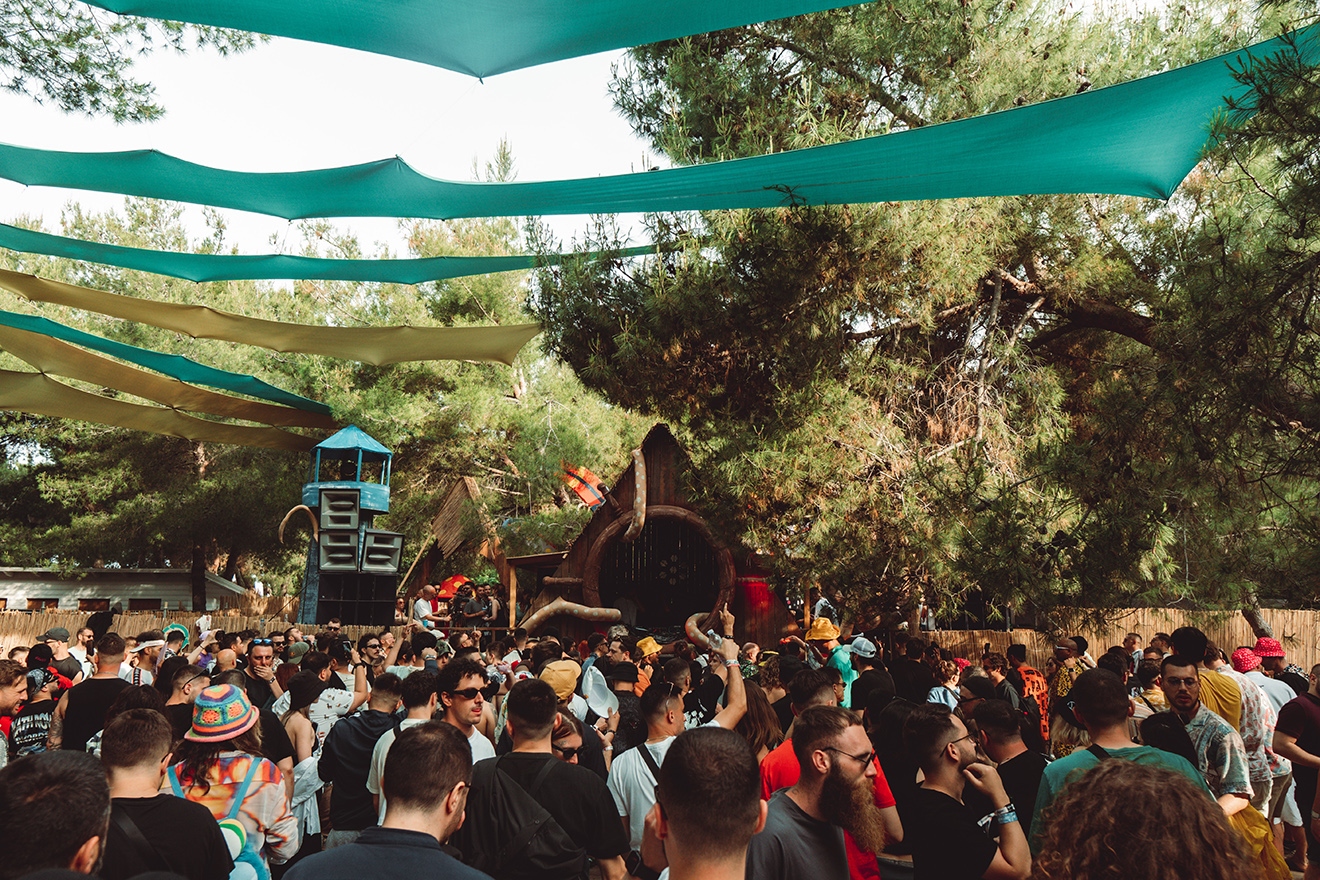

Saturday night sees a switch in tone, with the Pine Stage taken over by five pillars of Romanian minimal – each showcasing their own distinctive takes on the sound, with floor-warming techno from Praslea B2B CEZAR followed by Raresh, whose bassline-driven grooves had the crowd moving until the sound and lighting completely cut out. With the crowd murmuring in pitch darkness, questioning whether the night was over at the stage, the lights and sound came flooding back within a few minutes, although it would happen again not long after, and then once more when Rhadoo began his set.
“A generator stopped working and because of the shortage of power it blew one of the fuses in the amps,” says O’Halloran. “When it goes out my heart stops, because everything else can go wrong, but if there’s no music it’s the end of the party. So I’m pulling my hair out and then the music comes back on and you have this moment where everyone’s like: ‘Yeah, come on.’ It’s all part of the magic as far as I’m concerned, as long as it doesn’t keep happening.”
Read this next: Kala is providing the blueprint for festival-holiday hybrid
But amid what is nearly a week of non-stop music on the Pine Stage, the sound’s absence acts as a reminder of just how good the soundsystems are at UNUM. Each stage is loud – but with plenty of clarity, and the music feels detailed and the grooves warm. The only disappointment comes during quieter breakdowns, when sound would occasionally bleed between the Main Stage and the Pine Stage, taking dancers out of the moment in some of the music’s more delicate sections.
“The sound is really important to us, and we work with two of the most professional outfits in terms of sound and sound quality around,” O’Halloran adds. “We don’t compromise on it, but one of the problems is that we are limited in the space that we have and we have to make the best of what we have – sometimes [the leaking] is to do with the artist going deep into the gains, but it’s something we’re aware of.”
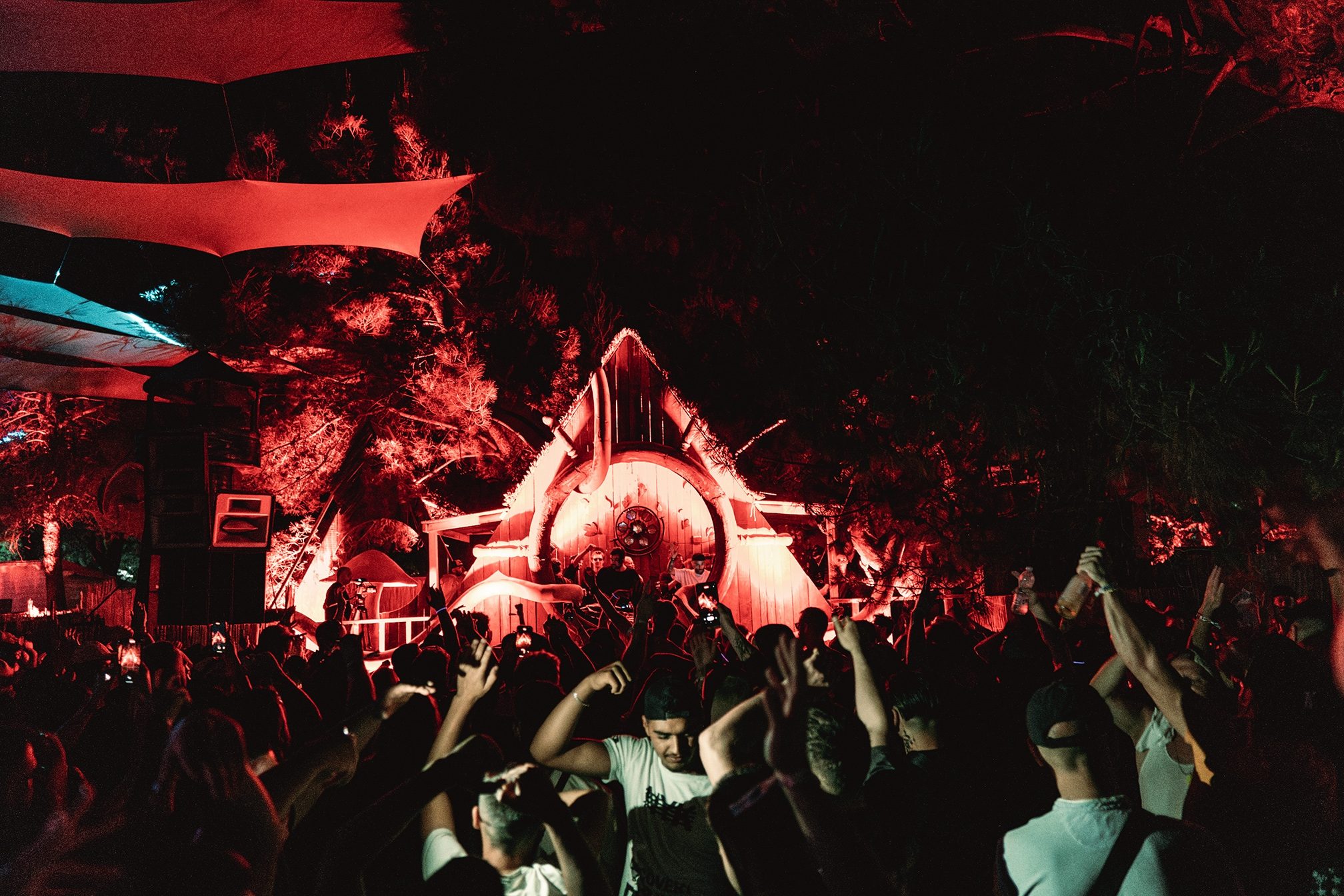
By the end of Priku’s raucous morning set, switching through classy minimal and scatty sonics, the crowd has thinned, as they tend to do during the daytimes with most choosing to rest and regroup for the next evening’s activities. By Sunday afternoon, there’s already an air of excitement around Shëngjin, with the promise of two of house and techno’s biggest heavyweights in Marco Carola and Ricardo Villalobos set to play on the Main and Pine stages respectively.
I encounter this anticipatory energy in a shared taxi ride with a trio of Kosovans to the festival site, each eager to tell how excited they are for Carola’s set, and he takes to the stage at 1:AM to what is surely the biggest crowd of the whole weekend, as thousands stomp their feet into the sand and flail their hands in the air to his epic, big stage techno and tech-house.
“It was a really nice moment having Carola turn up and play,” says O’Halloran, smiling. “He’s one of the biggest acts in the world and seeing locals working on the door, on the bar asking me: ‘Is he coming?’ They’re really proud that Marco Carola is coming to their country to play. It’s a big achievement – looking out from that big boat and seeing thousands of people dancing is what it’s all about as a promoter.”
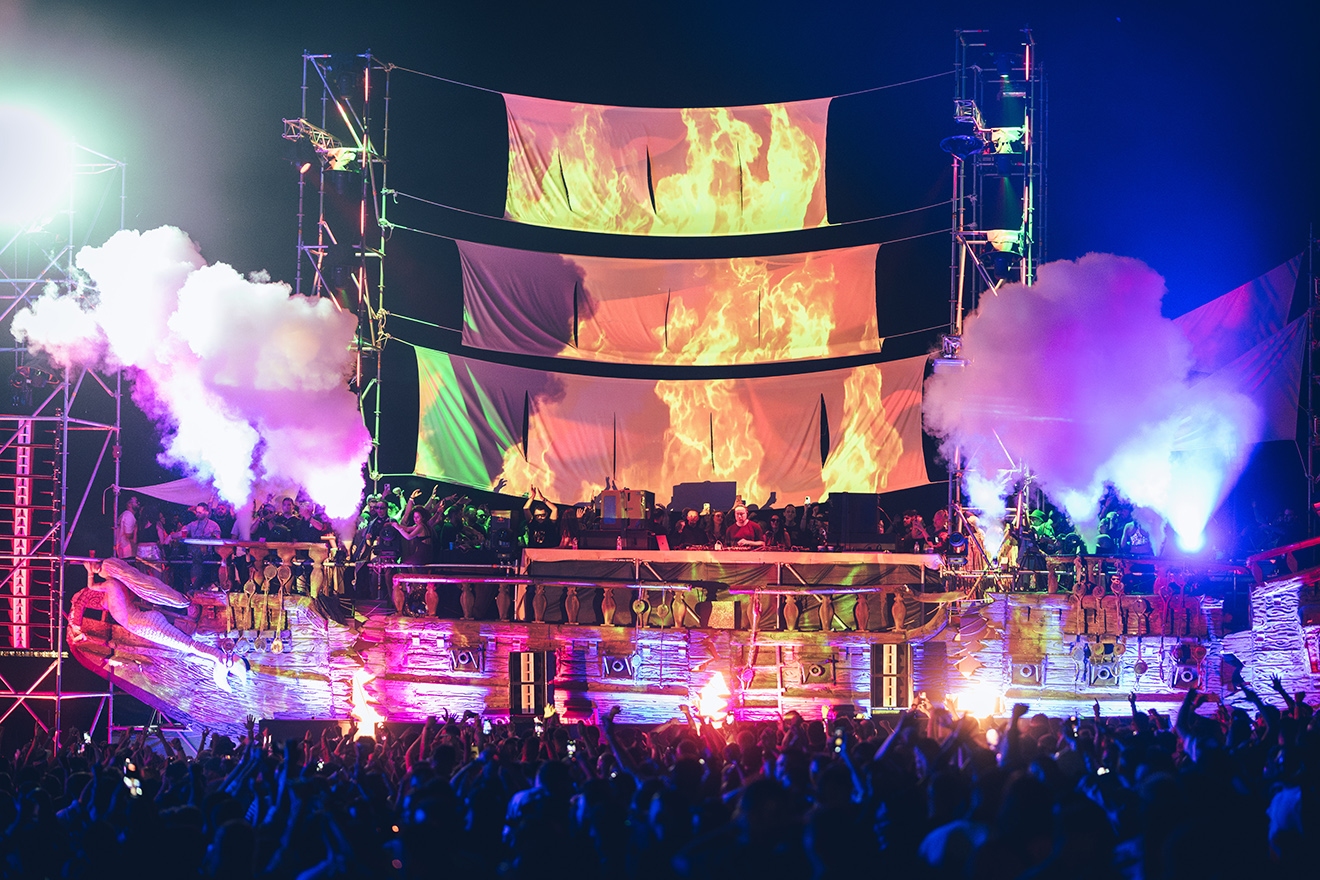
Across the weekend, the crowd – a mix of people who had travelled across Europe from traditional dance music hotspots such as Italy and Romania, to a strong contingent of local Albanians and those from closer Balkan regions – were receptive, open, and friendly. “We do a [cheap] local ticket for people from the region, so we really encourage locals to go,” O’Halloran explains. “This year I got asked if we could do a local ticket price for people from Kazakhstan and Turkmenistan and I’m like: ‘Yeah, course’ and just to have people there from those places is crazy.”
And the influence the festival and scene has had on the local area is not lost on John Dimas. “It’s a new thing for the local people, so they are open to receive and there’s no judgement,” he says. “When I went to Tirana, I spoke with some of this new generation and a kid told me: ‘This was the first time I’ve felt like a European, because going to this festival everything is so ahead.’ [Albania] is still a developing country so it’s something very beautiful, and that's why they are so open.”
Read this next: ION Festival brought ferocious warehouse energy to the 'Albanian riviera'
While Carola is shelling it on the Main Stage, across the site at the Pine Stage the crowd fills quickly once Sonja Moonear takes to the decks, bringing her reliably excellent take on tech-house and minimal – including a hands in the air play of Frankie Knuckles’s spooky Chi-Town classic ‘Baby Wants to Ride’. But it’s during her set that the news starts to spread across the dancefloor: Villalobos has injured his back and won’t be playing. While it’s disappointing to hear – especially for a pair of New Yorkers who have travelled especially from the Big Apple for the set – Argentinian Franco Cinelli didn’t miss a beat, masterfully blending gorgeous deep house with brooding heads down techno, before ending with a mix of iconic 1987 early-days acid house track ‘Don’t Lead Me’ by House Master Baldwin featuring Paris Grey.
John Dimas’s magical three-hour morning followed, and while we leave after a stomping, trippy set from Margaret Dygas who played after, the festival goes on with programming lasting until Tuesday morning. It was closed with an impromptu – and by all accounts magic – back-to-back set between Dimas and London underground stalwart Anthea. Deciding to change his flight last-minute so he could stay and play, it’s fitting that Dimas took to the decks one last time. “[Myself and Anthea] have known each other for 10, 12 years and we’re good friends,” Dimas says. “But it was the first time we’ve played together, so it was really good, [especially] to close the festival together.
“UNUM Festival means home to me personally,” he continues. “It helped me overcome certain things with myself about expressing my Albanian roots, so it helped me grow a lot as an artist and myself. And seeing what all these people are doing and the next generation, it’s incredible to see it happening in my home country – because 40 years of dictatorship is a big, big generational trauma.”
Isaac Muk is a freelance writer, follow him on Twitter



